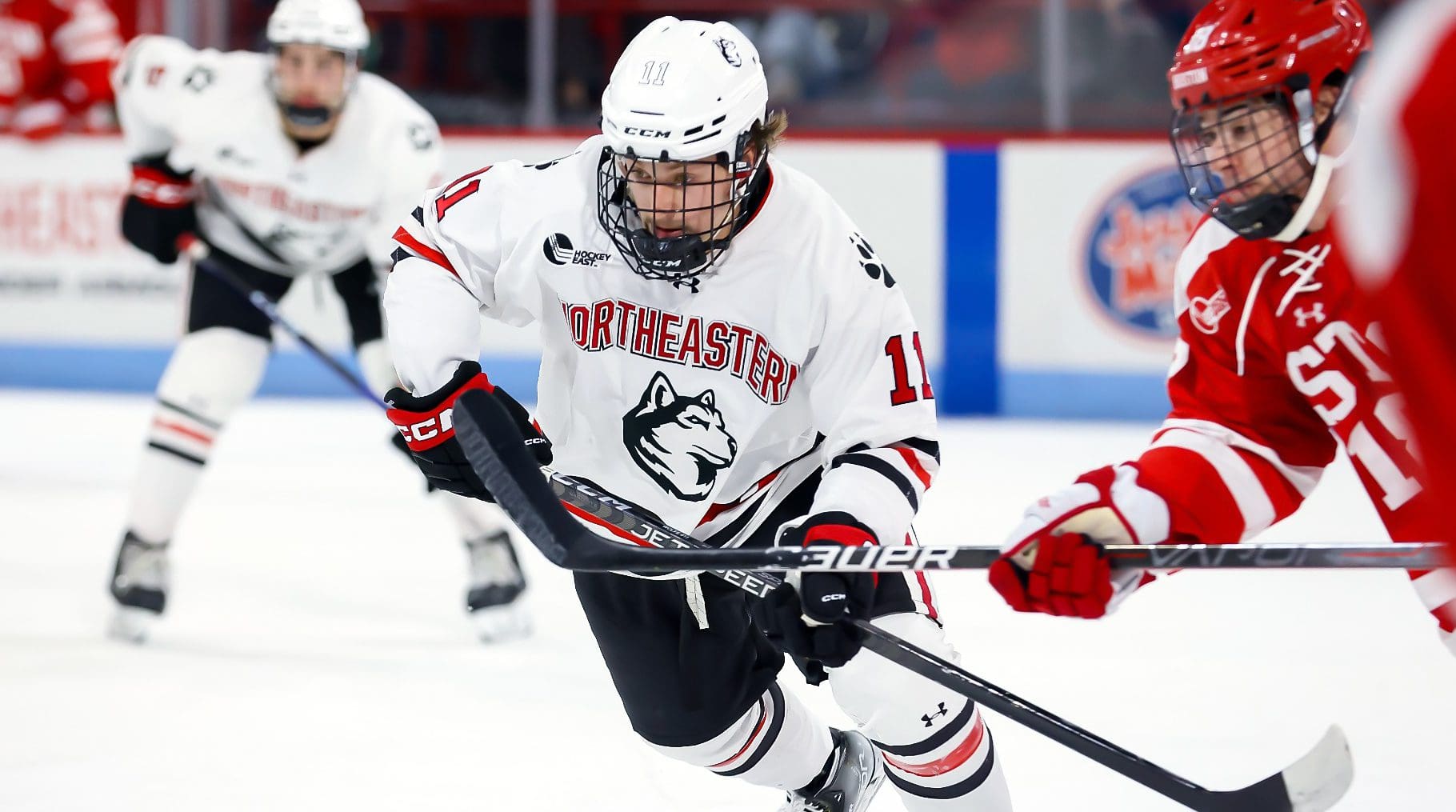Nashville Predators
CBA Loophole Could Cost The Predators A College Prospect

Now that the NCAA season has ended, teams will slowly begin looking at their reserve list to determine which of their unsigned graduating college prospects are to be signed by the Aug. 15 deadline.
One of the main issues the NHL’s Collective Bargaining Agreement does not outright address is when a fifth-year graduate transfers schools. This topic has magnified importance especially in the age of name, image and likeness (NIL) and the transfer portal.
The 2020 Memorandum of Understanding that modified the CBA also did not address how to deal with players impacted by the cancellation of the end of the 2019-2020 season due to the COVID pandemic.
Generally, college players are addressed in Article 8.6(c) of the CBA, whereby, a team that drafts a player at 18 or 19 years of age maintains that player’s NHL rights for a maximum four years from them becoming a “bona-fide college student” the June 1 following their draft year. If the player is 20 when drafted, the rules are modified slightly. Note that the CBA does not state a bona-fide college player.
Because of this incongruence, the Nashville Predators could potentially face a dilemma with prospect Gunnarwolfe Fontaine.
The 23-year-old forward, who was a seventh-round pick of Nashville’s in 2020, has played four seasons at Northeastern University and recently decided to transfer to Ohio State University for his graduate studies and a fifth season of college eligibility.
Due to COVID, players were granted an additional season of NCAA eligibility, and many college hockey players, like Fontaine, have taken advantage of this graduate transfer eligibility with Fontaine being one of them.
The question that remains up for discussion that the Predators’ front office presumably doesn’t definitively know the answer to is whether or not a player who’s completed four seasons but remains in college for a fifth season as a graduate student or graduate-student transfer has their Aug. 15 deadline extended by one year.
One would think the answer would be yes as Article 8.6(c)(v) of the CBA states:
As a general matter, the above provisions were not intended to cut off, and shall not have the effect of cutting off, a club’s exclusive negotiating rights during the period that a Player remains in college.
If a player is in school it shouldn’t matter, right? Under this scenario, Fontaine “remains in college.” But there are multiple examples of NHL teams losing graduate students’ rights past Aug. 15 prior to their graduate season. The rule is graduation, not years in any college.
Some of these recent examples include Case McCarthy and Patrick Moynihan with the New Jersey Devils and Eric Ciccolini and Riley Hughes with the New York Rangers.
However, there are two specific conflicting examples currently out there that I’ve come across.
The first is Jack Malone of the Vancouver Canucks. Malone played the 2019-2020 season at Cornell University and then played the 2020-2021 season in the USHL before returning to school and graduating from Cornell after playing two more seasons. Malone then played as a graduate transfer for Boston College after that.
CapFriendly currently lists Malone on the Canucks’ reserve list. However, some other sources state that is in error. Malone differs from the above mentioned four players because he left for the USHL for a season, thus only accumulating four collegiate seasons after the 2023-2024 season with Boston College.
The other four players accumulated four seasons prior to transferring. All five players mentioned thus far “remain[ed] in college” at their respective Aug. 15 deadlines.
Second, as On the Future pointed out, Bryce Brodzinski of the Philadelphia Flyers is another example. Brodzinski remains on the Flyers reserve list despite playing five total seasons at the University of Minnesota, similar to McCarthy with Boston University.
I would conclude that the only exception would be to situations similar to Malone and that Brodzinski is listed in error. Better yet, both players are listed in error as they graduated from college, which is the determining factor under the CBA.
The true nature of a team’s reserve list is left to the NHL Central Registry with credible sources such as CapFriendly and PuckPedia doing a strong job digging into the nuances of what the likely scenario is. But these are not official sources, so there’s still room for error.
The CBA specifically distinguishes between expected graduating year and matriculated graduating year. But COVID changes things.
Under the current framework of the CBA, along with these other examples, it could reasonably be concluded that Fontaine’s Aug. 15 signing deadline would not be extended despite his transfer to Ohio State and him remaining in college. As a result, Fontaine should, in theory, become a free agent if the Predators don’t sign him by Aug. 15, making him free to sign with any team he wants.
Age, among other factors, would demonstrate whether or not this is appropriate or not in addition to the projected Canadian Hockey League-NCAA agreement that appears to be forthcoming. But it is an interesting factor to consider nonetheless.
While the particular extensions for certain players comes down to case-by-case decisions for the NHL, it’s my belief that this would not be a wise trend to continue. This grants the player, who has played 0 professional games, extensive amounts of leverage against the NHL team that utilized a draft pick on him. The future of NIL, among other items, presents additional challenges when an NHL team is at the microphone making their next pick.
Follow Clay Brewer on Twitter/X: @ClayBrewer10
Be sure to follow Nashville Hockey Now on X/Twitter, Facebook, YouTube and Instagram.











